What is Sickle Cell Disease?
Sickle cell disease is one of a group of inherited blood disorders. It affects the shape of red blood cells, which carry oxygen to all parts of the body. Red blood cells are usually round and flexible, so they move easily through blood vessels. In sickle cell disease, some red blood cells are shaped like sickles or crescent moons. These cells also become rigid and sticky, which can slow or block blood flow causing anemia, possible frequent hospital visits, episodes of pain, swelling of hands and feet, frequent infections, delayed growth or puberty and vision problems.
Sickle Cell Disease (SCD) affects mostly people of African descent though other forms of sickle cell disease, such as thalassemia, also affect people from the Mediterranean region, the Middle East and East Asia.
The Sickle Cell Awareness Group of Ontario (SCAGO)
What is the Mission/Values of SCAGO?
The mission of SCAGO is:
- Reduce the incidence of new sickle cell births
- Support families and individuals affected by sickle cell disease with education programs and advocate on their behalf
- Advocate for access to healthcare and better treatments such as getting approval for the use of new gene therapies
- Provide young adults with sickle cell disease with their education needs.
What are the new treatments about?
Until recently there were no cures for sickle cell disease – treatment focused solely on managing the symptoms and pain. Early treatments involved bone marrow transplants, which needed a compatible donor. However, at the end of 2022, two new gene therapies developed in the UK and the US, were approved in those countries. SCAGO is now advocating for approval to use the new treatments in Canada.

Jelesa’s Story
My journey has been unique because I did not find out I had sickle cell anemia until I was thirteen. Before the diagnosis, healthcare providers thought I was being abused and they put me in a cast for my arm, when I was actually having a sickle cell crisis.
One year later, I went to the hospital with gallstones and had my bloodwork done, which is when they discovered that I had sickle cell anemia.
My mom has always suspected that I had more than just the sickle cell trait due to my ongoing symptoms, but it was still shocking and emotional for her when this was confirmed on Christmas Day. Honestly, my life completely changed after that diagnosis. I feel lucky to have a great support system around me, including my family, friends, healthcare team, and the sickle cell support group in Hamilton.
Elementary school was a challenge for me since sickle cell disease kept me out of the classroom for a week or two at a time due to hospitalization. This resulted in me falling behind on my schoolwork. It would be easier for children with sickle cell disease if teachers would send work home so that the student does not fall behind, especially in primary school grades, where learning to read and write is so important.
As well, having that work to do in the hospital rather than watching television or playing video games would help students stay on top of their lessons and excel at school.
Nowadays I face similar struggles at work; I have to miss work and catch up afterwards. Unlike my experience at school, I have incredible support from my colleagues and supervisors, who check on me every day and want to make sure that I am okay first. I have also realized that though I think about working on days when I can’t, I also need to take care of myself first before I return to work.
In the emergency department and in my interactions with healthcare providers, my experiences have been very positive. Some of my best experiences have occurred at Mackenzie Health in Richmond Hill – the absolute best hospital for sickle cell anemia patients, in my opinion. The wait times have been extremely low; providers are very knowledgeable, and physicians and nurses understand what the first steps are in my care. Clear communication is also valued; if I am having a crisis, I can email my nurse and she gets back to me quickly with detailed information about my situation.







